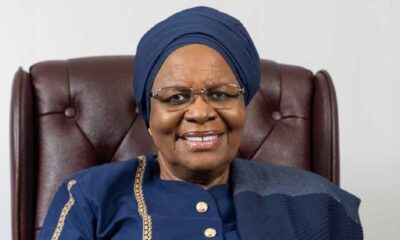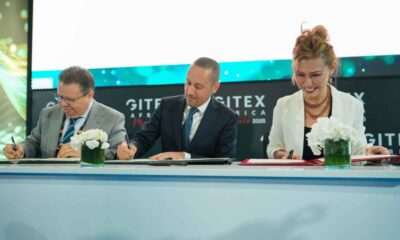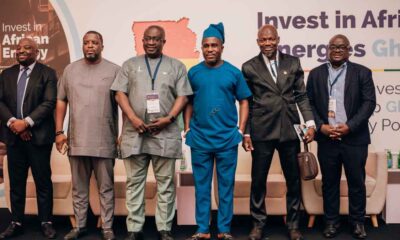With USDC on Stellar, Yellow Card users gain access to expedited transactions, enhancing the convenience and utility of their digital currency dealings
Egalement disponible en Français
LAGOS, Nigeria, February 13, 2024/APO Group/ —
As Africa slowly inches towards widespread adoption of digital assets, it has become imperative that exchanges provide more cost-effective ways for buying, selling, receiving, and sending other digital assets. Among these assets, stablecoins have emerged as the preferred option for people seeking to invest, send remittances, and make cross-border payments. The preference hinges on the fact that stablecoins are tied to the value of the dollar, which protects against inflation and eliminates the fear of volatility that is seen with other digital assets.
On this premise, Yellow Card, the largest and only licensed stablecoin on/off ramp on the African continent, is set to introduce USDC (https://apo-opa.co/3SEUG5l), a digital stablecoin on the Stellar network, an open-source decentralised blockchain network, revolutionising cross-border payments, remittances, and treasury management globally.
Empowering Financial Transactions with USDC on Stellar
Yellow Card (https://YellowCard.io), known for its user-friendly platform and expansive presence across 20 African countries, is set to elevate user experience by integrating USDC on the Stellar network. This integration combines the robust features of the Stellar network, such as low transaction fees and lightning-fast transactions with the rapid growth of one of the world’s fastest-growing digital currencies, USDC, offering users a seamless, near-instant, and cost-effective solution for various financial transactions. With this integration, users on the Yellow Card app can now send USDC on the Stellar network.
Game-Changing Convenience for Yellow Card Users
With USDC on Stellar, Yellow Card users gain access to expedited transactions, enhancing the convenience and utility of their digital currency dealings. This partnership marks a significant milestone in the digital assets and blockchain industry, with the potential to reshape global payments and drive widespread digital currency adoption.
Chris Maurice, Yellow Card’s CEO, expressed excitement about the integration, stating, “We are thrilled to bring USDC on Stellar to our users. This is a giant leap forward for global payments, making it easier, faster, and more affordable for people around the world to access and utilise digital dollars.”
This is a giant leap forward for global payments, making it easier, faster, and more affordable for people around the world to access and utilise digital dollars
Stellar Network’s Prime Performance in Financial Products and Services
The Stellar blockchain, tailored for everyday financial products and services, boasts speed, scalability, and sustainability. The emphasis on optimising payments ensures low fees and transaction speeds that scale with increased adoption. Having processed billions of operations with millions of accounts since its launch, Stellar is a trusted choice for financial institutions and innovators worldwide.
Instant Global Transactions and Accessibility
A key feature of the Yellow Card-Stellar integration is the ability for consumers to instantly send and receive digital dollars globally. This convenience extends to users without a traditional bank account, as the Yellow Card App facilitates these transactions seamlessly.
Revolutionising Financial Infrastructure with USDC on Stellar
One of the major challenges people in Africa face with making cross-border payments is hidden charges. There are several cases where people try to send money to loved ones in a different country but end up losing a significant part of the money to fees and hidden charges. Yellow Card understands this, so their users stand to gain significantly from this collaboration as transferring USDC to other USDC-supported exchanges on the Stellar network is much cheaper compared to other blockchain networks. This is in addition to its already existent cross-border payment feature Yellow Pay (https://apo-opa.co/3wfJ1m6), a stablecoin-powered transfer feature.
The app will now serve as a crucial access point for companies and users seeking to leverage the efficiency and speed of the Stellar network. USDC on Stellar enables near-zero transaction costs, swift settlement, and transactions finalised in as little as 3 seconds. This positions Yellow Card as a facilitator for fintechs, and exchanges to harness the speed and low costs of USDC on Stellar for various use cases, from remittances to real-time payments.
To further empower its users, Yellow Card is set to award $5 USDC to customers who send at least $3 USDC using the Stellar network on the App. This will help introduce this new technology to users where they can experience -fast transaction speeds of the network. It’s a win-win for users.
Distributed by APO Group on behalf of Yellow Card Financial.
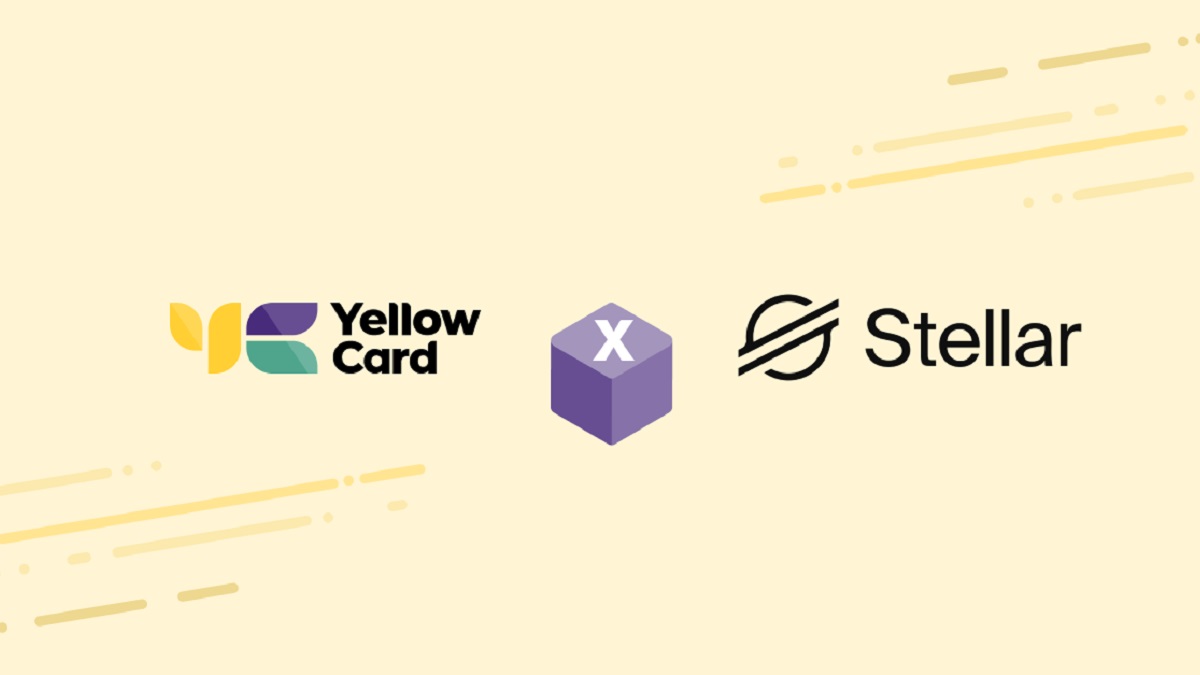

 Business2 days ago
Business2 days ago
 Business2 days ago
Business2 days ago
 Business2 days ago
Business2 days ago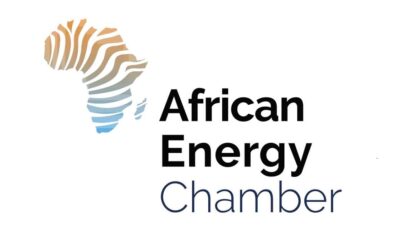
 Business2 days ago
Business2 days ago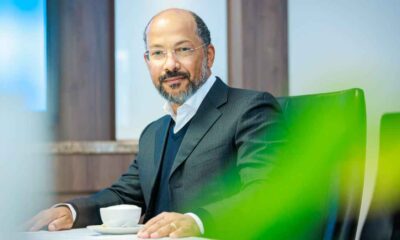
 Business1 day ago
Business1 day ago
 Business1 day ago
Business1 day ago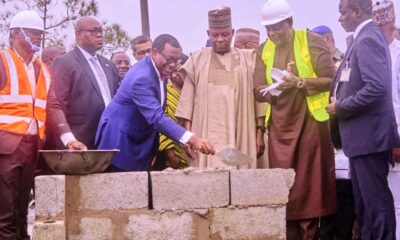
 Business1 day ago
Business1 day ago
 Business2 days ago
Business2 days ago
